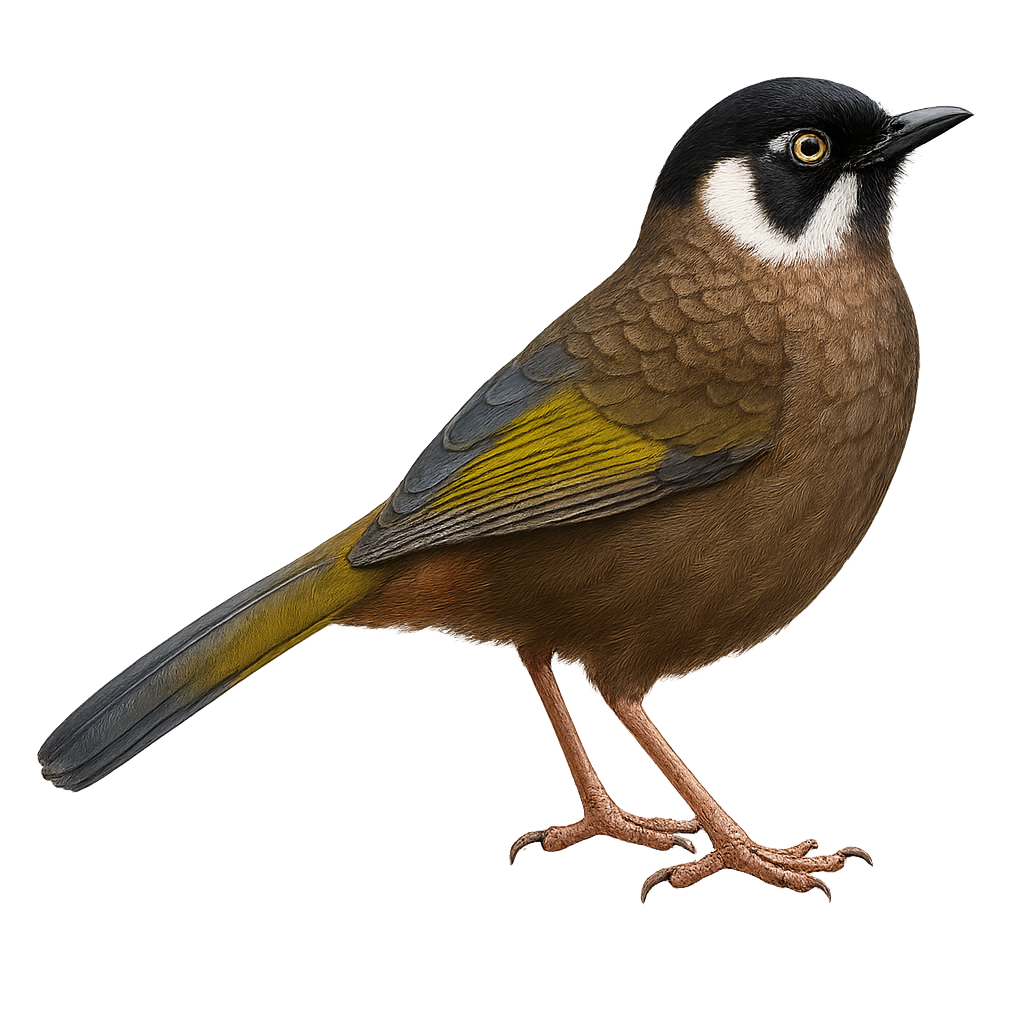Your wildlife photography guide.
Explore the rufous-chinned laughingthrush in detail, study its behavior, prepare your shots.
Where to observe and photograph the rufous-chinned laughingthrush in the wild
Learn where and when to spot the rufous-chinned laughingthrush in the wild, how to identify the species based on distinctive features, and what natural environments it inhabits. The WildlifePhotographer app offers tailored photography tips that reflect the rufous-chinned laughingthrush’s behavior, helping you capture better wildlife images. Explore the full species profile for key information including description, habitat, active periods, and approach techniques.
Rufous-chinned Laughingthrush
Scientific name: Trochalopteron affine

IUCN Status: Least Concern
Family: LEIOTHRICHIDAE
Group: Birds
Sensitivity to human approach: Suspicious
Minimum approach distance: 10 m
Courtship display: April to May
Incubation: 14-16 jours
Hatchings: April to June
Habitat:
Mountain forests, bamboo forests, dense undergrowth
Activity period :
Primarily active during the day, with peak activity in the morning and late afternoon.
Identification and description:
The Rufous-chinned Laughingthrush is a medium-sized bird belonging to the Leiothrichidae family. It is primarily found in the mountainous forests of Southeast Asia, particularly in China, Myanmar, and Thailand. This bird is recognizable by its olive-brown plumage with shades of gray and rufous, especially around the throat and cheeks. It usually lives in groups and is known for its varied and melodious vocalizations. The Rufous-chinned Laughingthrush feeds mainly on insects, fruits, and seeds. Although it is relatively common in its natural habitat, deforestation poses a potential threat to its populations.
Recommended lens:
400 mm – adjust based on distance, desired framing (portrait or habitat), and approach conditions.
Photography tips:
To photograph the Rufous-chinned Laughingthrush, it is advisable to use a telephoto lens of at least 400mm to capture detailed images without disturbing the bird. Look for areas where these birds are active, such as bamboo forests or dense undergrowth. Be patient and discreet, as they can be suspicious. Use a tripod to stabilize your camera and wait for the bird to perch in an advantageous position. The natural light of the morning or afternoon can provide ideal conditions for photography.
The WildlifePhotographer App is coming soon!
Be the first to explore the best nature spots, track rutting seasons, log your observations, and observe more wildlife.
Already 1 430 wildlife lovers subscribed worldwide

